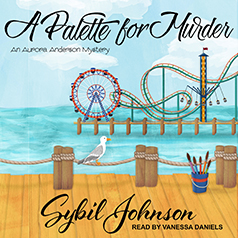It’s spring break at New England colleges and boarding schools, so I’ve had a week off. And I’ve been hard at it, trying to finish the second draft of a novel that has changed a lot from the first version.
I have a self-imposed deadline –– Saturday of this week –– but may or may not make it. I have surgery scheduled for Tuesday, so, although I’d like to have the draft done by then, I know I’ll have downtime in the coming days to weeks to finish it.
The second draft is a chance to add consistency and clarity. Those are the two most important things for me. It has meant eliminating a plot thread that I found (and still find) interesting, one that might reemerge in later books, but took too much away from the ending of this one to leave as is. It meant developing one character and cutting another in the name of clarity.
I’m reading James M. Cain’s The Postman Always Rings Twice right now, for the first time, and I’m marveling at the simple sentences that create a tension coursing through the text. It’s like standing at the base of a roller coaster, looking up to see the twists and turns, but still being frightened when you actually ride it. I’ve read a Cain biography, so I know how the book will end, and I’m still on the edge of my seat.
Which brings me to this second draft. Precision is clarity.
"I said it, and I mean it. I'm not what you think I am, Frank. I want to work and be something, that's all. But you can't do it without love. Do you know that, Frank? Anyway, a woman can't. Well, I've made one mistake. And I've got to be a hell cat, just once, to fix it. But I'm not really a hell cat, Frank."
"They hang you for that."
"Not if you do it right. You're smart, Frank. I never fooled you for a minute. You'll think of a way. Plenty of them have. Don't worry. I'm not the first woman that had to turn hell cat to get out of a mess."
This passage from Postman is in chapter 3 and establishes what is to come. Yet it also establishes Cora for us. She’s ahead of her time, given the women Hemingway and others were writing in the ’30s. She’s driving the murder plot. “Do you know that, Frank? . . . You’re smart, Frank.” At once helpless and complimentary. Precision. Clarity.
If you haven’t read Cain, check him out. He just might help you with your second draft. He’s sure helping me with mine.














